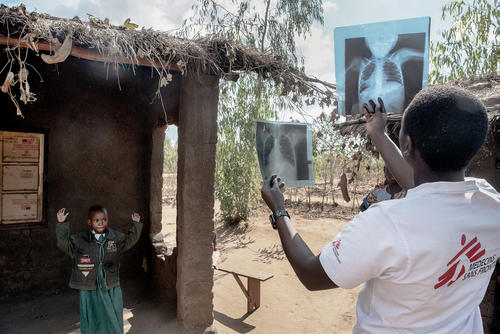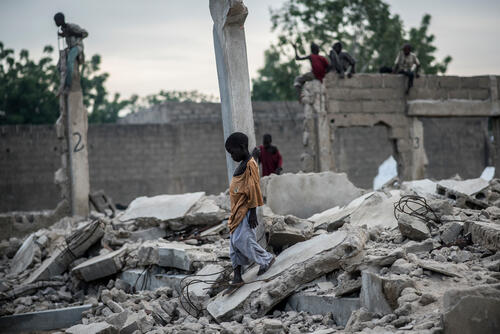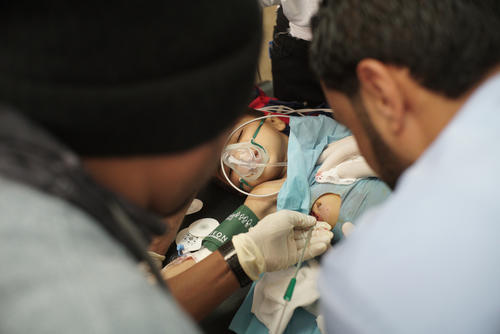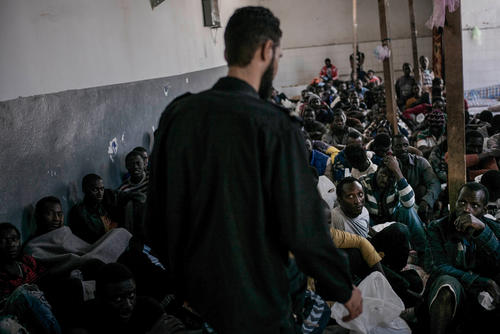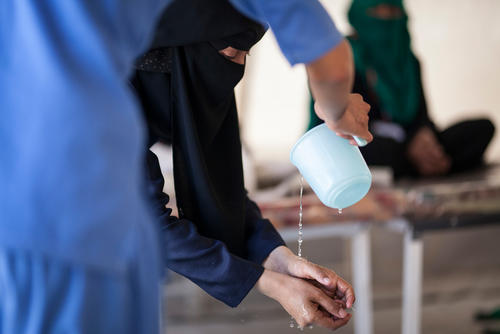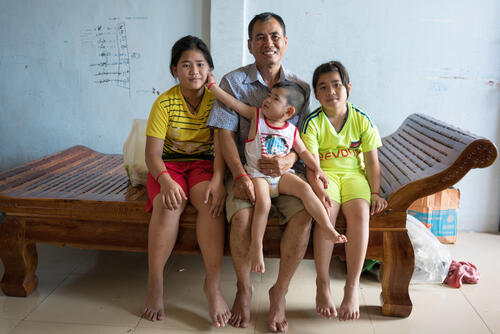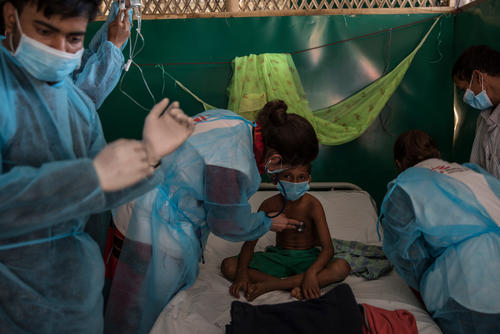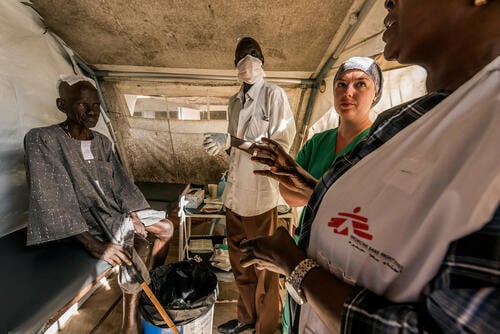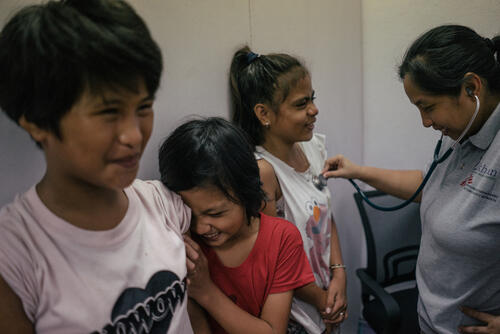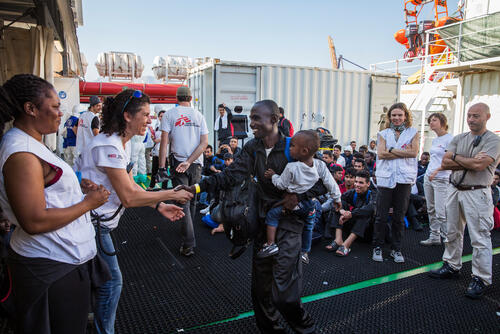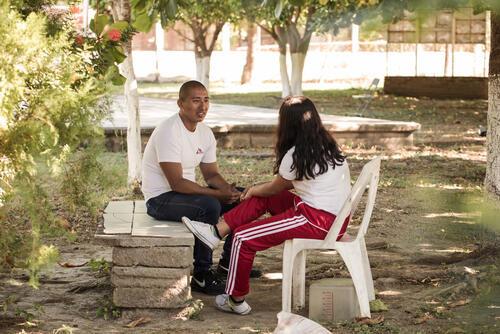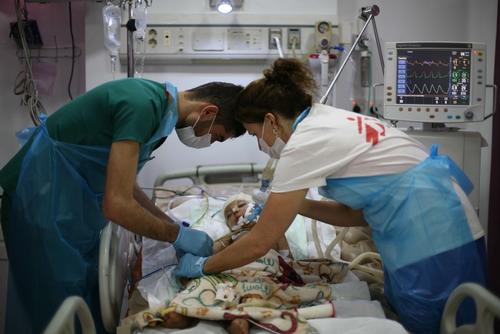Activity highlights
This data groups together direct, remote support and coordination activities. These highlights give an overview of most MSF activities but cannot be considered exhaustive.
Facts and figures
MSF is an international, independent, private and non-profit organisation. It comprises 21 main national offices under the MSF International Statutes and 10 specialised organisations, which take charge of specific activities such as humanitarian relief supplies, epidemiological and medical research, and research on humanitarian and social action. As these organisations are controlled by MSF, they are included in the scope of MSF's International Financial Report and the figures presented here.
The figures describe MSF’s finances on a combined international level for the 2017 calendar year.
All amounts are presented in millions of euros and are rounded for purposes of the tables and graphs below. This may result in apparent inconsistencies in totals.
Where did the money come from?
As part of MSF’s effort to guarantee its independence and strengthen the organisation’s link with society, we strive to maintain a high level of private income. In 2017, 96 per cent of MSF’s income came from private sources. More than 6.3 million individual donors and private foundations worldwide made this possible. Public institutional agencies providing funding to MSF included, among others, the governments of Belgium, Canada, Denmark, Luxembourg and Switzerland.
Sources of income
MSF’s funds have been built up over the years by surpluses of income over expenses. At the end of 2017, the available portion (excluding permanently restricted funds and capital for foundations) represented 7.5 months of the preceding year’s activity. The purpose of maintaining funds is to meet the following needs: working capital needs over the course of the year, as fundraising traditionally has seasonal peaks while expenditure is relatively constant; swift operational response to humanitarian needs that will be funded by forthcoming public fundraising campaigns and/or by public institutional funding; future major humanitarian emergencies for which sufficient funding cannot be obtained; the sustainability of long-term programmes (e.g. antiretroviral treatment programmes); and a sudden drop in private and/or public institutional funding that cannot be matched in the short term by a reduction in expenditure.
Where did the money go?
Project locations
Contexts of intervention
Largest country programmes by programme expenditure
The total budget for our programmes in these 10 countries was 571.2 million euros, which represents 53 per cent of MSF’s operational budget for 2017.
Largest country programmes by number of outpatient consultations
How was the money spent?
Total expenditure
Social mission - 83% of total expenditure
Programme expenses by nature
HR statistics
Largest country programmes by number of MSF field staff
Staff positions
International departures
Notes on tables and graphs
Other funds include foundations’ capital and translation adjustments arising from the translation of entities’ financial statements into euros.
Outpatient consultations do not include specialist consultations.
Expenditure is allocated in line with the main activities performed by MSF according to the full cost method. Therefore all expense categories include salaries, direct costs and allocated overheads (e.g. building costs and depreciation).
'Social mission' includes all costs related to operations in the field as well as all the medical and operational support from the headquarters directly allocated to the field and awareness-raising activities.
Programme expenses represent expenses incurred in the field or by headquarters on behalf of the field.
Staff numbers are measured in annual full-time equivalent units. International departure figures represent the number of times international staff left on field missions.



